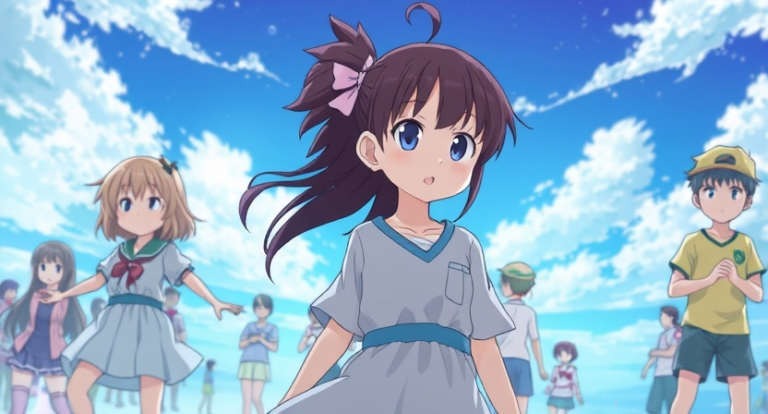Introduction
The One Punch Man manga has captivated fans worldwide with its unique blend of humor, action, and compelling storytelling.

While many are familiar with the explosive battles and Saitama’s unparalleled strength, there are numerous hidden secrets and fascinating details embedded in the series. Here, we uncover ten lesser-known facts that make this manga a masterpiece.
1. The Origins of One Punch Man
One Punch Man began as a webcomic created by the mysterious artist known as ONE. Initially, it was a simple passion project uploaded to ONE’s personal blog.

Despite its rough artwork, the webcomic garnered a massive following due to its ingenious storytelling and unique premise. The series’ popularity eventually led to its adaptation into a manga illustrated by Yusuke Murata, who elevated the visual quality while staying true to ONE’s original vision.
2. Saitama’s Design Was Intentional
Saitama’s simplistic design is not a result of laziness but a deliberate choice by ONE. His plain appearance contrasts with the intricate designs of other characters, emphasizing his relatability and highlighting his role as a parody of traditional superheroes.

Saitama’s minimalist look symbolizes the mundane nature of his godlike power, making his character both unique and endearing.
3. The Manga’s Unique Art Style
Yusuke Murata’s detailed illustrations bring the world of One Punch Man to life. His ability to combine breathtaking action scenes with comedic moments showcases his versatility as an artist. Murata often references real-world locations and integrates intricate details into his drawings, creating a rich and immersive visual experience for readers.
4. Saitama’s Training Regimen Is a Joke
One of the most iconic aspects of the series is Saitama’s training routine 100 push-ups, 100 sit-ups, 100 squats, and a 10-kilometer run every day. While it’s presented as the secret to his immense strength, this regimen is intentionally absurd. ONE uses this concept to satirize the clichéd training montages often seen in shonen anime and manga.
5. The Deep Themes Beneath the Comedy
While One Punch Man is widely recognized for its humor, it also explores profound themes such as existentialism, the pursuit of purpose, and the nature of heroism. Saitama’s struggles with boredom and the lack of a worthy opponent highlight the emptiness that can accompany ultimate power, adding depth to the seemingly lighthearted narrative.

6. The Hierarchy of Heroes
The Hero Association’s ranking system adds a layer of complexity to the story. Each hero is categorized into classes (C, B, A, and S), and their rankings are determined by their contributions to society and combat prowess. This hierarchy not only drives character development but also introduces political and social dynamics that enrich the plot.
7. The Influence of Western Comics
One Punch Man draws inspiration from Western superhero comics. Saitama’s ability to defeat any opponent with a single punch parodies the overpowered protagonists often seen in American comic books. Additionally, the manga incorporates tropes and archetypes commonly found in Western media, blending them seamlessly with Japanese storytelling techniques.

8. The Evolution of the Webcomic
The original webcomic by ONE is still ongoing and continues to diverge from the manga adaptation. Fans often compare the two versions, noting differences in pacing, character development, and plotlines. This duality allows readers to experience the story from two distinct perspectives, each offering unique insights into the world of One Punch Man.
9. The Role of Side Characters
The diverse cast of side characters plays a crucial role in the series. From Genos’ unwavering loyalty to Mumen Rider’s unyielding determination, each character brings their own flavor to the narrative. These heroes and villains are meticulously crafted, with detailed backstories and motivations that make them memorable and relatable.
10. Hidden Easter Eggs and References
One Punch Man is packed with Easter eggs and references to popular culture, anime, and video games. For instance, King’s supposed “gamer prowess” mirrors the stereotype of overpowered players in online games. Additionally, the series frequently nods to classic anime like Dragon Ball Z and Akira, rewarding attentive fans with delightful surprises.
Conclusion
The One Punch Man manga is a treasure trove of creativity and innovation. By blending humor, action, and thought-provoking themes, it transcends the boundaries of traditional storytelling. These hidden secrets not only enhance the reader’s appreciation for the series but also underscore its enduring appeal.







